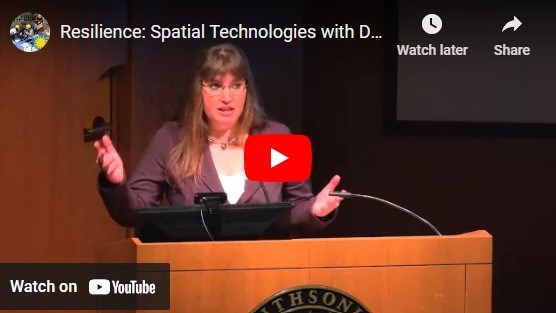
Using GIS to Document Cultural Resources after a Natural Disaster
Following Hurricane Katrina, the Gulf Coast suffered devastating loss and damage to important cultural resources. As a Federal agency, FEMA must comply with Section 106 of the National Historic Preservation Act which requires Federal agencies to identify damaged and lost resources, as well as mitigate the loss of any resources removed with Federal money. FEMA requested that the National Park Service's Cultural Resource GIS Facility (CRGIS) develop a strategy to survey and evaluate cultural resources affected by this disaster in Louisiana, using GPS and GIS to expedite the Section 106 process. Additionally, GIS is being used as a form of mitigation, with the GPS data serving as a form of documentation, to be integrated with state data. This project is helping to provide a lasting methodology for the documentation of cultural resources for the Section 106 process and serves as a comprehensive test of the Cultural Resource Spatial Data Standards developed by CRGIS. Read the Historic Preservation Response Methodology here.
GIS in Cultural Resources
The importance of documenting historic resources lies in the heritage of a place. Documenting and surveying cultural and historic resources provides a more permanent understanding of the nation’s historic sites and large-scale resources. The initial purpose of documenting these resources serves as a preservation, planning, and problem-solving tool for local, tribal, state, and national communities.
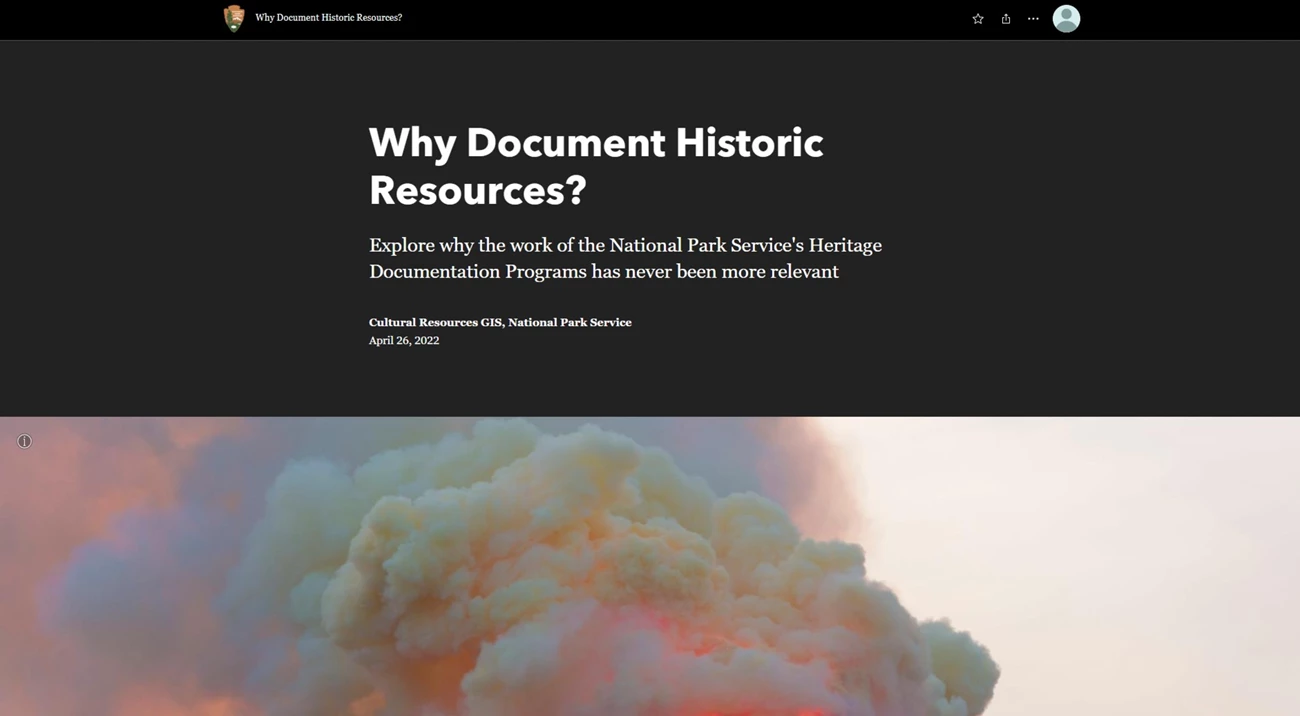
NAPC CRSurveyor
CRSurveyor is a cultural resources collection and mapping tool used to survey, document, and inventory cultural resources. With three modules- Architecture, Archaeology, and Disaster Response- communities can collect data and survey historic properties and landscapes while complying with the National Data Transfer Standards and catalog information required for the National Register of Historic Places and National Historic Landmarks program.
CRGIS has offered technical assistance with the CRSurveyor application since its inception and partnered with the State, Tribal, Local, Plans & Grants division of NPS and the National Alliance of Preservation Commissions to create, maintain, and implement this tool for state, Tribal, and local government use.
To learn more, visit NAPC’s site.
Resources
-
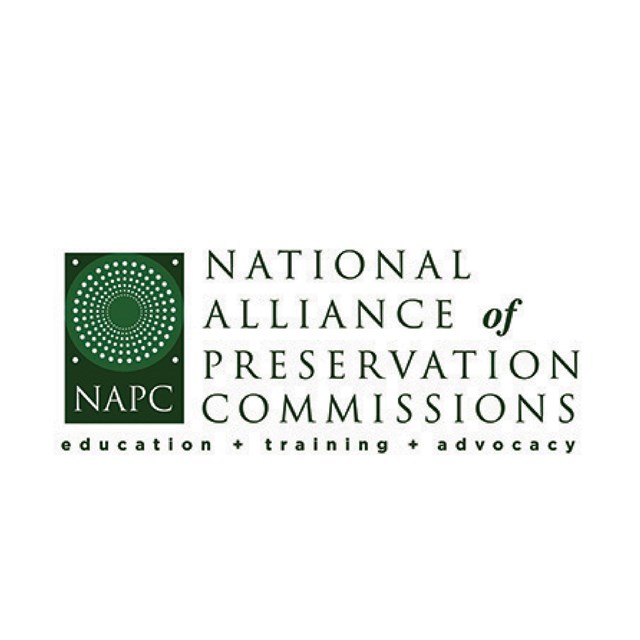 National Alliance of Preservation Comm.
National Alliance of Preservation Comm.Learn more about National Alliance of Preservation Commissions' CR Surveyor tool.
-
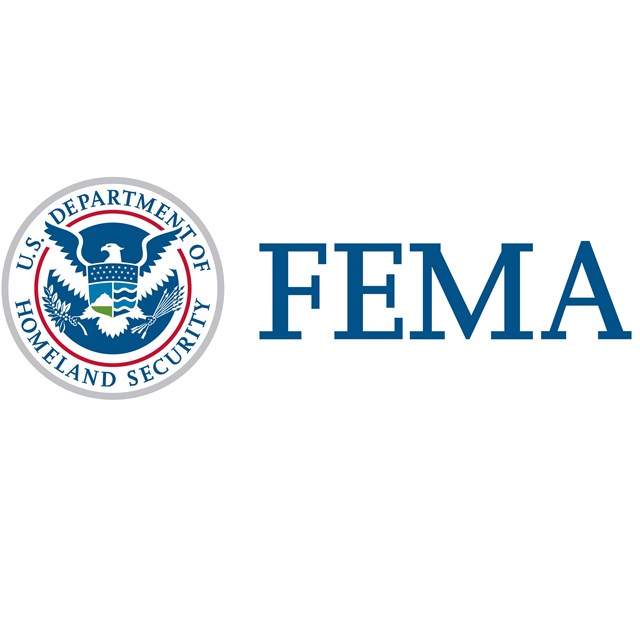 FEMA
FEMALearn more about disaster awareness with FEMA.
-
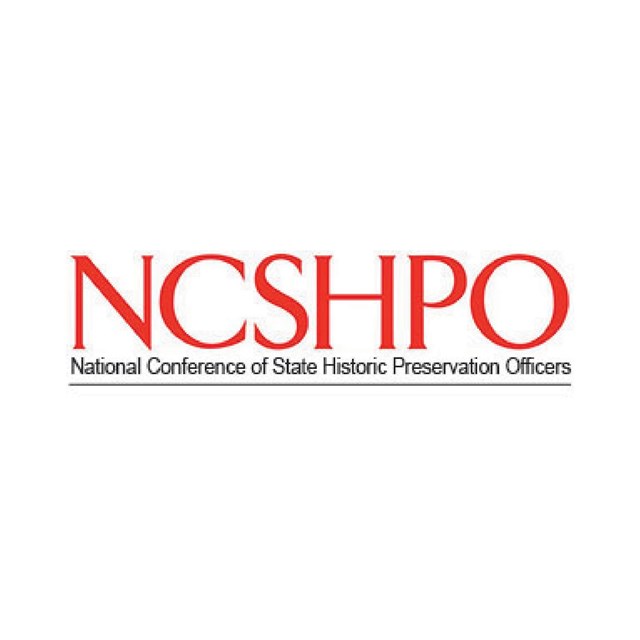 NCSHPO
NCSHPOView the National Conference of State Historic Preservation Office directory.
-
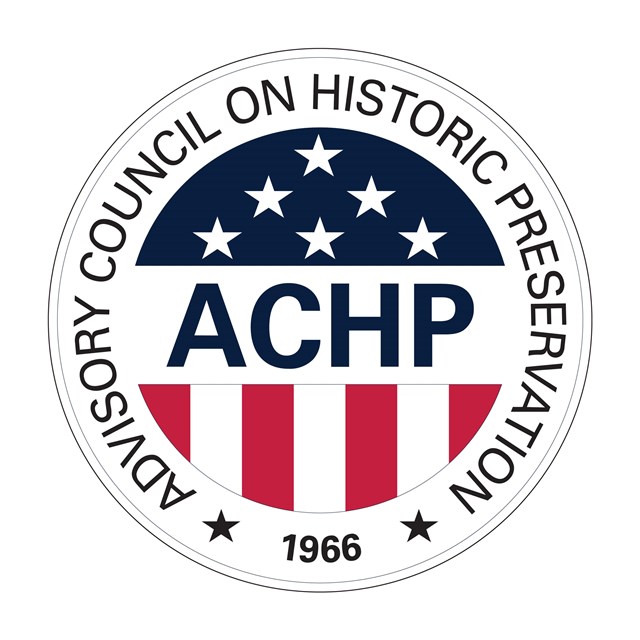 Advisory Council Historic Preservation
Advisory Council Historic PreservationLearn more about Section 106 with the Advisory Council of Historic Preservation.
-
 US Geological Service
US Geological ServiceView the USGS's Geographic Names Information System directory.
Last updated: September 3, 2024
